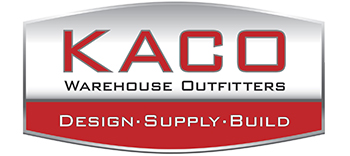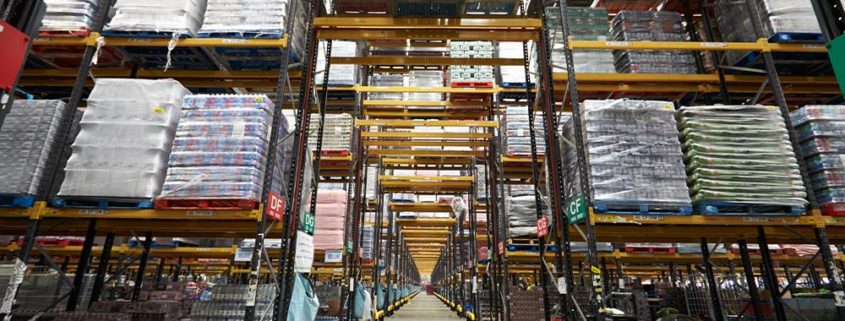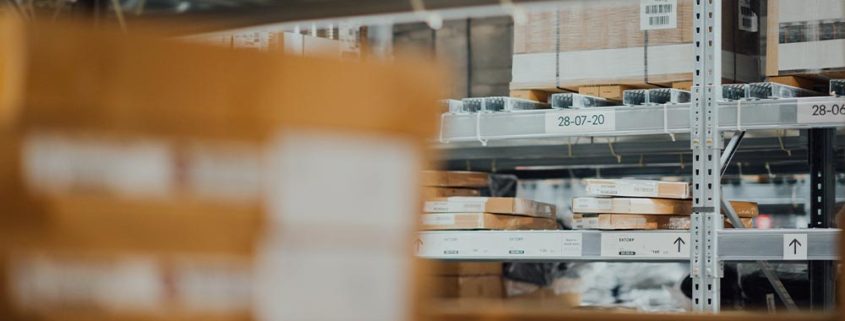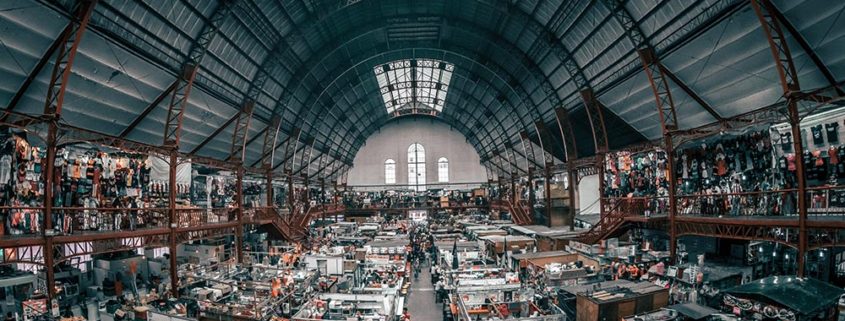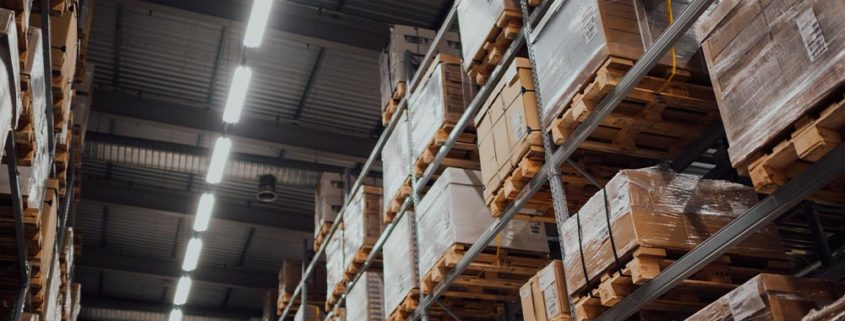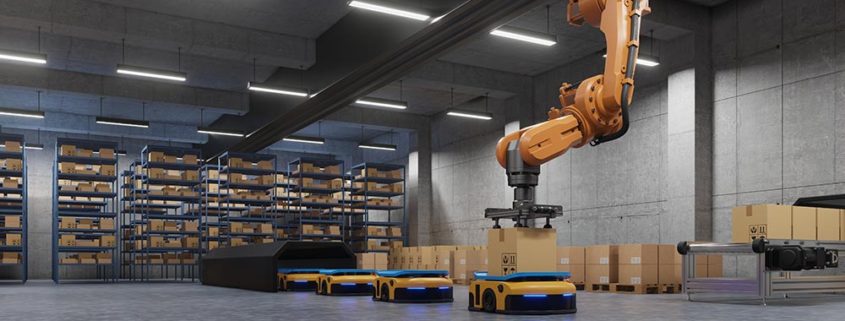Tips to Optimize Your Warehouse Organization
Warehousing solutions are among the most important priorities for distributors and wholesale suppliers. From handling the movement of orders safely and efficiently all the way to grappling with an influx of new products, ensuring warehouse efficiency is one of the most important aspects that management should focus on.
Let’s look at a few simple tips that can help expand your warehouse, optimize your workflow efficiency, all while providing a safe experience for clients, colleagues, and customers alike.
Increase Warehouse Efficiency With These Organization Tips
According to a report put forth by the National Retail Federation in 2018, more than $46.8 billion in losses were reported due to shrinkage, a term used to describe lost earnings due to waste or theft. An inefficient warehouse that is not optimized or organized will contribute handily toward those loss totals.
So, how can a wholesale supplier or distributor ensure that their warehouse is organized, efficient, and maximized for effectiveness? Let’s look at three simple organizational tips that can help.
Take Stock of Your Warehouse Layout
There are many ways to organize a warehouse but there is only ONE version of your business. Making sure that your warehouse meets the specific needs of your company is of the utmost importance and that typically starts by assessing the floor plan of the building.
The ideal warehouse will offer a range of benefits through a flexible floor plan including:
- Available Storage Flexibility
- Plenty of Working Space
- Minimize Foot Traffic To/From Stations
- Creating Ease of Access for Stored Goods
Consider working with a team like KACO Warehouse Outfitters when it comes time to look over your floor plan.
Install New Warehouse Racks & Shelving
Whether your business is beholden to seasonal changes in supply and demand, or you simply need more space, adding new shelving racks and shelving storage solutions can solve plenty of problems. When you work with a team like KACO to optimize your warehouse storage solutions, you’ll come across a range of potential products including the following:
- Boltless Shelving
- Widespan Bulk Shelving
- Wire / Steel Shelving
- Mezzanines, Pallet Racks, & Partitions
Just like any other aspect of life, the storage solutions you require today will change based on your industry. Don’t think that the same storage solutions for one business will correlate directly to yours. Request a quote from a shelving supplier in your area to see what direction you should go with your new warehouse racks and shelving units.
Optimize Your Picking / Packing Process
Items that end up in a warehouse will go through quite the adventure before they arrive at your front step. First arriving in the warehouse, these products are then sorted. Once sorted upon an assembly line, products are then distributed to the proper location where they’ll be repackaged and shipped out to consumers.
Between every step, a pair of actual human hands will be relied upon to keep the package moving. Time can be lost due to disorganized warehouses and a lack of proper planning.
Consider the following steps:
- Minimize Travel Time Between Picking and Packing Locations
- Popular Items Should Be Situated Closest to Packing
- Update to Newer Item Picking Technology (RF Readers, Voice Picking)
Upgrade Your Warehouse at KACO Warehouse Outfitters!
KACO Warehouse Outfitters has been serving Phoenix and the surrounding areas for more than thirty years. Committed to high-quality customer service and positive employee growth, KACO Warehouse endeavors to make every client interaction a positive one. From upgraded storage products to tear-down and installation services, KACO does it all.
Reasons to Hire KACO Warehouse to Optimize Your Warehouse
- 30+ Years of Quality Professional Experience
- Owns and Operates Local Warehouse
- Competitive Pricing
- Convenient Material Access
- Quick Turnarounds
- All-in-One Warehousing Solutions
Head to KACO Warehouse Outfitters today to book your consultation!
